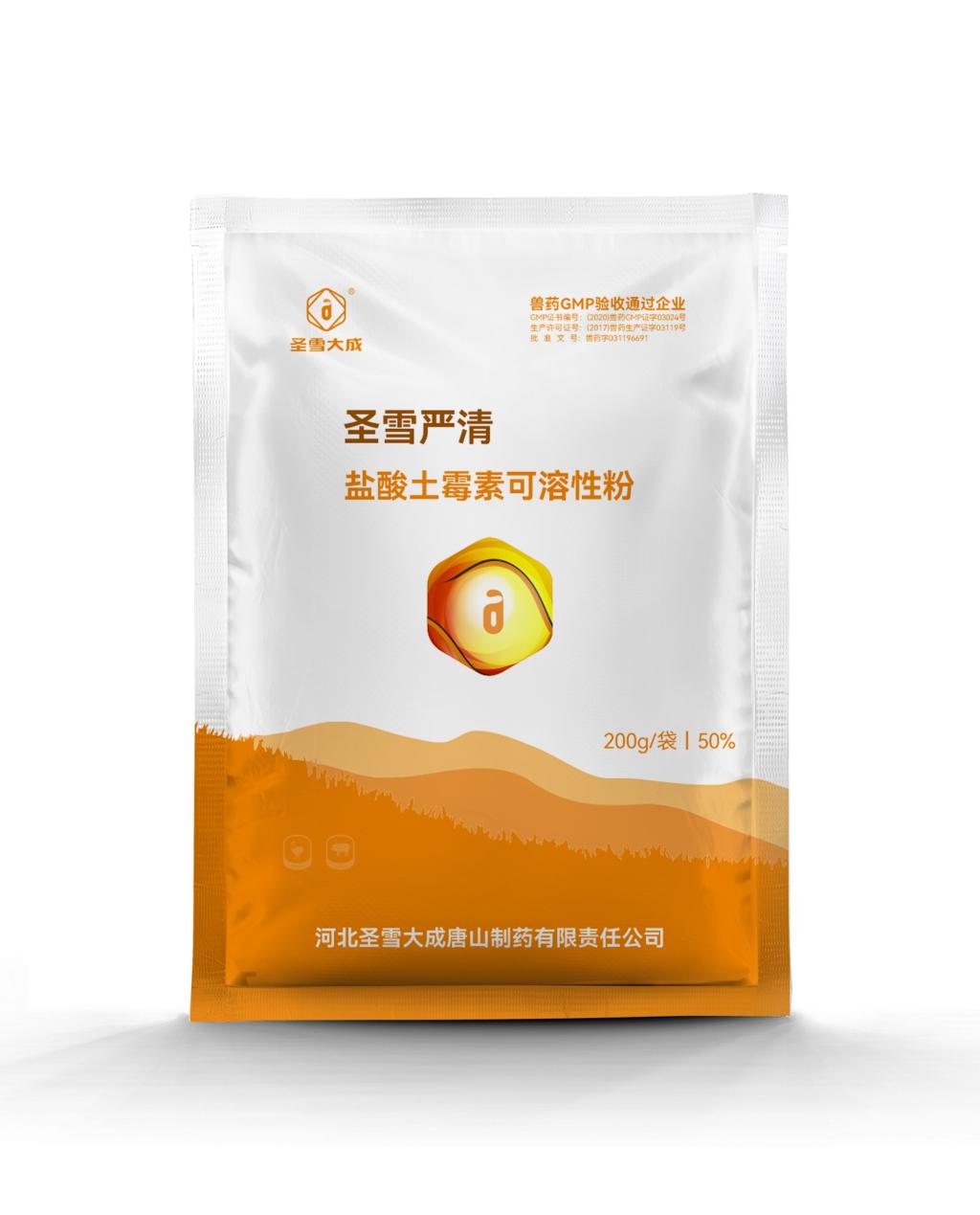Tel:0086 18231198596

News
Current Position:
Home >
News
>Innovations in Oxytetracycline formulation focus on improving bioavailability.
Innovations in Oxytetracycline formulation focus on improving bioavailability.
TIME:2023-12-19
Introduction:
Oxytetracycline, a member of the tetracycline class of antibiotics, has proven efficacy against a wide range of bacterial infections. However, its therapeutic potential is limited by factors such as poor solubility, incomplete absorption, and potential interactions with food and minerals. This article examines the importance of bioavailability in oxytetracycline therapy and explores recent innovations that address these challenges.
The Significance of Bioavailability in Antibiotic Therapy:
Bioavailability plays a pivotal role in determining the effectiveness of antibiotic therapy. For oxytetracycline, factors such as absorption rate, solubility, and potential interactions with other substances in the gastrointestinal tract influence its bioavailability. Understanding these factors is crucial for developing formulations that enhance therapeutic outcomes.
Challenges in Oxytetracycline Bioavailability:
Several challenges hinder the optimal bioavailability of oxytetracycline. These challenges include low aqueous solubility, susceptibility to degradation, and interference with the absorption of essential minerals. This section provides an in-depth analysis of the hurdles in oxytetracycline bioavailability.
Novel Formulation Approaches:
Recent innovations in oxytetracycline formulation focus on overcoming bioavailability challenges. Explore the following novel approaches:
a. Liposomal Formulations: Liposomes offer a promising avenue for improving oxytetracycline solubility and stability, leading to enhanced absorption and bioavailability.
b. Nanoparticle Delivery Systems: Nanoparticles, such as nanocrystals and polymeric nanoparticles, provide unique advantages in improving the dissolution rate and overall bioavailability of oxytetracycline.
c. Cyclodextrin Complexation: Cyclodextrins can form inclusion complexes with oxytetracycline, increasing its solubility and potentially improving absorption.
Combination Therapies to Enhance Bioavailability:
Combining oxytetracycline with other agents or adjuvants has been explored to improve its bioavailability. This section reviews studies and innovations in combining oxytetracycline with substances such as probiotics, enzymes, and absorption enhancers.
Advanced Drug Delivery Technologies:
Cutting-edge drug delivery technologies offer promising solutions for enhancing oxytetracycline bioavailability. From mucoadhesive formulations to gastroretentive systems, explore how these technologies aim to optimize drug release and absorption.
Regulatory Considerations for Oxytetracycline Innovations:
Navigating regulatory requirements is essential for bringing innovative oxytetracycline formulations to market. This section provides insights into the regulatory landscape, including approval processes and considerations for demonstrating safety and efficacy.
Clinical Efficacy and Patient Outcomes:
The ultimate goal of improving oxytetracycline bioavailability is to enhance clinical efficacy and patient outcomes. This section reviews relevant clinical studies and real-world applications of innovative oxytetracycline formulations, shedding light on their impact on therapeutic success.
Future Directions and Emerging Trends:
The field of oxytetracycline formulation is dynamic, with ongoing research and emerging trends shaping the future. Explore potential directions, including personalized medicine approaches, advancements in nanotechnology, and the integration of artificial intelligence in drug development.
Conclusion:
In conclusion, innovations in oxytetracycline formulation represent a crucial step toward overcoming bioavailability challenges and optimizing therapeutic efficacy. From novel delivery systems to combination therapies and advanced technologies, the evolving landscape of oxytetracycline formulations holds promise for improving patient outcomes in the treatment of bacterial infections.

 CONTACT
CONTACT




